
Ernest Loumaye sold his first biotech start-up in 2010 for CHF445 million. For his second company ObsEva, he has already generated CHF92 million. In this interview, he talks about the mindset of investors, the promising women’s health market and plans for the IPO.
Mr. Loumaye, you raised CHF68 million with PregLem, your first start-up, and now CHF92 million with ObsEva. What in your experience is the most important criterion for a VC to invest in a start-up?
Ernest Loumaye: The team. I had to learn this. At the first pitch for my first start-up, I spoke far too much about the technology.
Have you learned anything else from the history of your first start-up?
I think I understand the mindset of investors better today. You need a reasonable timeline to exit. It must be clear that I am not building the company for my grandchildren.
PregLem and ObsEva have a lot in common in that they are both in the field of women’s health. Why is that?
First of all, I am a gynaecologist. The area of women’s health is also of interest from a market perspective. For a long time, it was considered a large volume, low margin segment. That's why so little has been invested in the development of new drugs. But in recent years, the time for the first child has pushed further back. Ten years ago, women had their first child at the age of 22 on average; now it is 31. This has meant that more patients suffer from infertility, have more conditions like endometriosis and fibroids, and pregnancies are more complicated with an increased proportion of premature births. This social trend towards later births has created a demand for new drugs.
ObsEva was founded in 2012, but already has three drugs in clinical phase II. This means that you did not develop the drugs from zero.
Exactly. Our business model is different from that of university spin-offs, for example. We license a drug candidate that is already at an advanced stage of development, but not yet tested in humans. We then develop it, with the aim of bringing it to market.
Is it not difficult and expensive to license promising molecules?
It is not easy, but possible. Our trump card is that we have a very great interest in the successful further development of molecules, as we do not have a portfolio with dozens of projects.
Biotech start-ups often license out drugs when they get towards market. Again, this is different for ObsEva.
Correct. We do not aim to license individual active ingredients. Our goal is either an IPO, which brings us the means to bring the drugs to market, or a sale of the whole company. The concept was the same at PregLem.
You were successful with PregLem: it was sold in 2010 for CHF445 million to the eastern European pharmaceutical company Richter Gedeon.
It was a success for everyone: not only for the founders and the VCs, but also for the employees. They were all involved in the company. In addition, it is rewarding to know that the lead drug that we developed and register at PregLem, has already helped hundreds of thousands of women suffering from fibroids.
You mentioned earlier a reasonable timeline to exit for ObsEva. How is it looking?
Several VCs participated in the initial round of financing in August 2013 and now in December 2015, and as a rule they aim for an IPO in three to six years. So, a time horizon of two to three years for a sale or IPO is realistic.
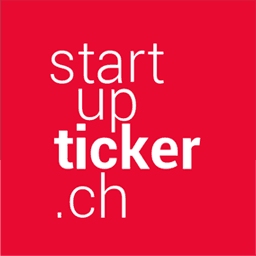

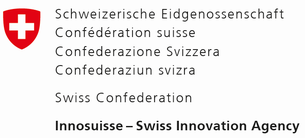
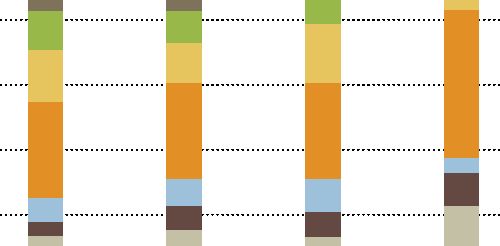

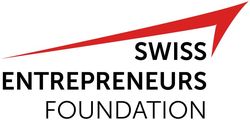


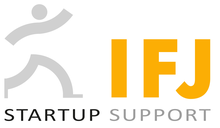




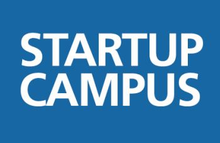



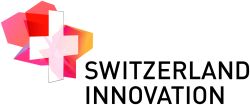
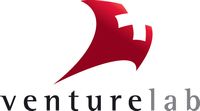



















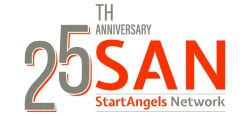

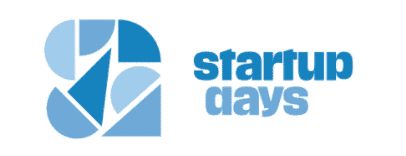








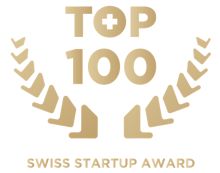





Please login or sign up to comment.
Commenting guidelines